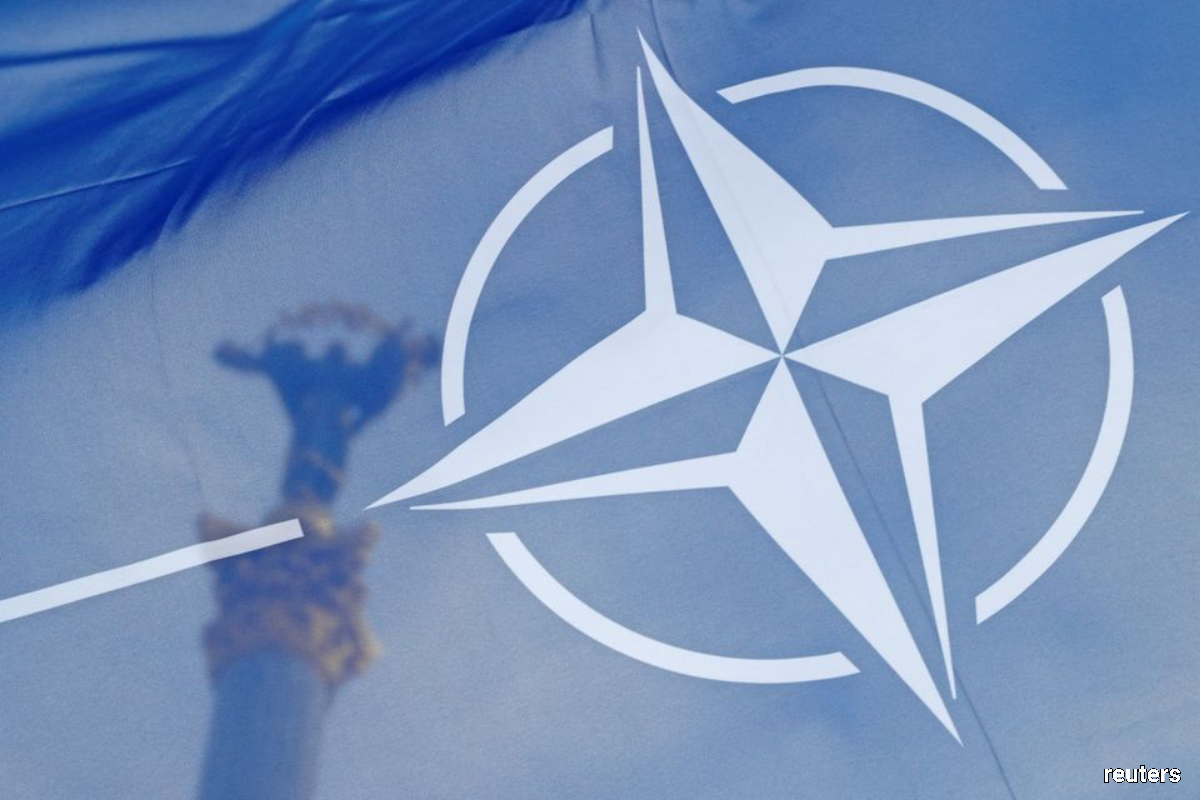Nato Reaches Back to Cold War Past With First Major Defence Plans in Decades
edgeinvest
Publish date: Fri, 19 May 2023, 08:47 AM

"Allies will know exactly what forces and capabilities are needed, including where, what and how to deploy,” said Nato chief Jens Stoltenberg about the highly classified documents that will, as in the Cold War, assign certain troops to the defence of certain regions.
BRUSSELS (May 18): Nato will step back to the future at its Vilnius summit in July, with leaders set to approve thousands of pages of secret military plans that will detail for the first time since the Cold War how the alliance would respond to a Russian attack.
The move signifies a fundamental shift — Nato had seen no need to draw up large-scale defence plans for decades, as it fought smaller wars in Afghanistan and Iraq and felt certain post-Soviet Russia no longer posed an existential threat.
But with Europe's bloodiest war since 1945 raging just beyond its borders in Ukraine, the alliance is now warning that it must have all planning in place well before a conflict with a peer adversary such as Moscow might erupt.
"The fundamental difference between crisis management and collective defence is this: It is not we but our adversary who determines the timeline," said Admiral Rob Bauer, one of Nato's top military officials. "We have to prepare for the fact that conflict can present itself at any time."
By outlining what it calls its regional plans, Nato will also give nations guidance on how to upgrade their forces and logistics.
"Allies will know exactly what forces and capabilities are needed, including where, what and how to deploy," said Nato chief Jens Stoltenberg about the highly classified documents that will, as in the Cold War, assign certain troops to the defence of certain regions.
This formalises a process triggered by Russia's annexation of Crimea in 2014, which prompted Western allies for the first time to deploy combat troops to the east, with Britain, Canada and Germany each taking the lead in one of the Baltic states.
Not a Cold Wat re-run
But while many features resemble Nato's military line-up before 1990, some crucial factors have changed for an alliance that has since then expanded some 1,000 km (600 miles) to the east and grown from around a dozen to 31 members.
Finland's accession last month has alone doubled Nato's border with Russia to some 2,500 km, forcing a more flexible approach to deployments than in the past, when Germany was seen as the main battlezone.
Also, the alliance is no longer preparing to fight a large-scale nuclear war against Moscow and its allies - most of whom are now Nato members — said Ian Hope, historian at Nato's Supreme Headquarters Allied Powers Europe (SHAPE).
"We don't envision the type of war that the Cold War was, where allied forces ... would be hit simultaneous with large-scale Warsaw Pact attacks," he said, pointing rather to regionalised conflicts that needed to be contained by quick force deployments.
At the same time, the internet, drones, hypersonic weapons and a rapid flow of information present new challenges.
"The good news is that we talk about the transparency of the battlefield. With all the satellites, with all the intel we're able to see a maturing crisis," said Lieutenant General Hubert Cottereau, SHAPE's Vice Chief of Staff. "For Ukraine, we had all the indicators quite in advance."
This transparency is one of the reasons why Nato, contrary to the Baltic states' demands, does not see any immediate need to ramp up troop numbers in the east.
"The more troops you are massing up on the border, it's like having a hammer. At some point, you want to find a nail," warned Cottereau. "If the Russians are massing troops on the border that will make us nervous, if we are massing troops on the border that will make them nervous."
Challenges
Still, it will be a huge task to drastically improve readiness. Natoagreed in 2022 to put 300,000 troops on high alert, up from 40,000 in the past.
Shortcomings in the alliance's capacity to produce sufficient weapons and ammunition have been highlighted by the struggle to keep pace with Ukraine's demands, and Nato must also upgrade the long-neglected logistics needed to quickly deploy troops via rail or road.
The need to finance the implementation of the regional plans is one of the reasons why Stoltenberg has called upon leaders to raise the alliance's military spending target, another topic that will be discussed in Vilnius.
Nato officials estimate it will take a few years for the plans to be fully implemented, though they stress that the alliance can head into battle immediately if required.
"We are ready to fight tonight. You know, you are never sufficiently ready. Never," said Cottereau. "We have to be able to fight tonight if necessary, with what we have."
Source: TheEdge - 19 May 2023
More articles on CEO Morning Brief
Created by edgeinvest | Apr 19, 2024
Created by edgeinvest | Apr 19, 2024
Created by edgeinvest | Apr 19, 2024
Created by edgeinvest | Apr 19, 2024















